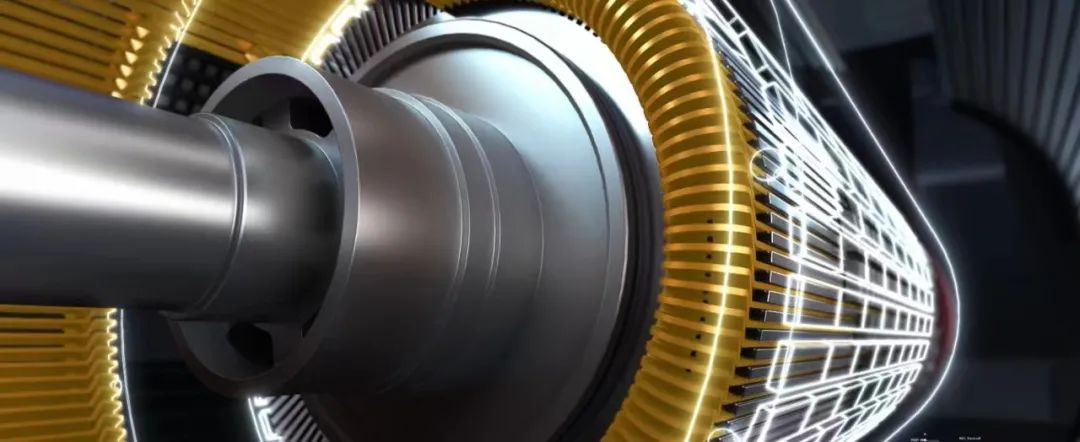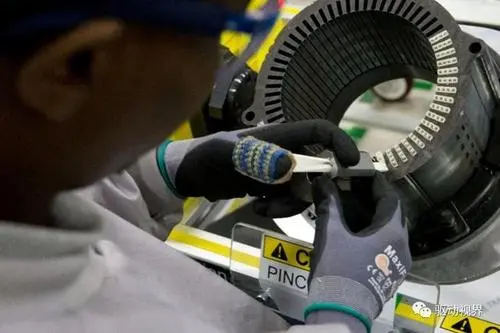What are effects of the shape and tolerance of permanent magnet motor magnets on motor performance?


4. The influence of residual magnetism
For DC motors, under the same winding parameters and test conditions, the higher the residual magnetism, the lower the no-load speed and the smaller the no-load current; the greater the maximum torque, the higher the efficiency at the highest efficiency point. In actual tests, the level of no-load speed and the size of the maximum torque are generally used to judge the residual magnetism standard of magnets.
For the same winding parameters and electrical parameters, the reason why the higher the residual magnetism, the lower the no-load speed, and the smaller the no-load current is because the running motor generates sufficient reverse induction at a relatively low speed. Generates a voltage, causing the algebraic sum of the electromotive force applied to the winding to decrease.
5. The influence of coercivity
During the operation of the motor, there are always problems with temperature and reverse demagnetization. From the perspective of motor design, the higher the coercivity, the smaller the thickness direction of the magnet, the smaller the coercivity, and the larger the thickness direction of the magnet. However, magnetic steel is useless after it exceeds a certain coercivity, because other components of the motor cannot work stably at that temperature. If the coercivity can meet the requirements, it can be recommended to meet the needs under experimental conditions, and there is no need to waste resources.
6. The influence of squareness
The squareness only affects the flatness of the motor performance test efficiency curve. Although the flatness of the motor efficiency curve has not yet been listed as an important indicator standard, this is very important for the continuation distance of the wheel hub motor under natural road conditions. important. Because of different road conditions, the motor cannot always work at the maximum efficiency point. This is one of the reasons why the maximum efficiency of some motors is not high but the driving distance is long. A good hub motor should not only have a high maximum efficiency, but also the efficiency curve should be as horizontal as possible. The smaller the slope of efficiency reduction, the better. As the market, technology and standards for in-wheel motors mature, this will gradually become an important standard.
7. Impact of performance consistency
Residual magnetism inconsistency: Even some with particularly high performance are not good. Due to the inconsistency of the magnetic flux in each unidirectional magnetic field section, the torque is asymmetric and vibration occurs.
Inconsistent coercive force: Especially if the coercive force of individual products is too low, reverse demagnetization is likely to occur, causing the magnetic flux of each magnet to be inconsistent and causing the motor to vibrate.



























 XINDA
XINDA